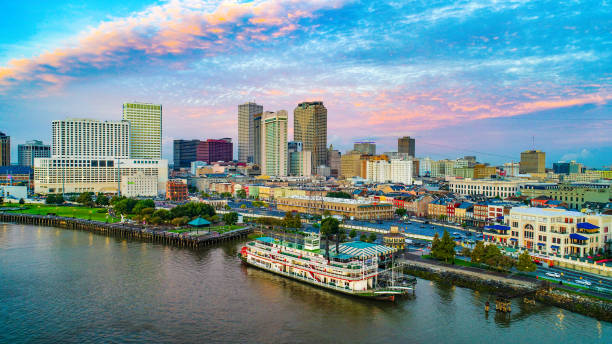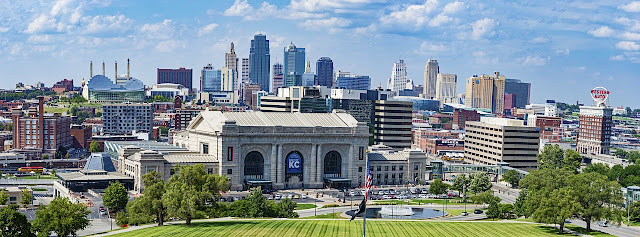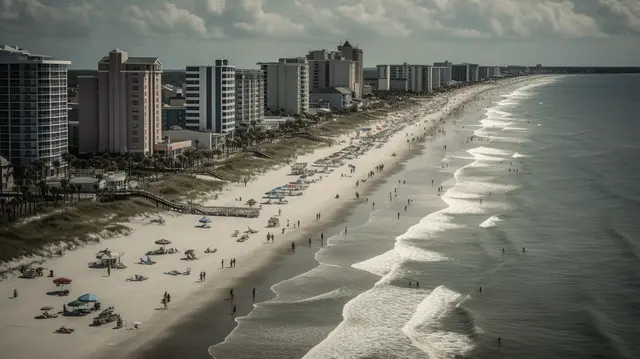Ten Interesting New Orleans Facts
With 336,644 residents in 2008, New Orleans is the largest city in Louisiana, and Hurricane Katrina had a major influence on it. The floods of 2005 caused a considerable decline in the city's population. Hurricane Katrina severely impacted New Orleans, a city known for its Mardi Gras celebration, French architecture, food, music, and ethnic activities. Due to its extensive musical heritage, the city—which is situated between Lake Pontchartrain and Mississippi—is frequently referred to as the "birthplace of jazz".
Ten significant geographic details about New Orleans are listed below.
1. Initially known as La Nouvelle-Orléans, Jean-Baptiste Le Moyne de Bienville and the French Mississippi Company built New Orleans on May 7, 1718. It bears the name Phillipe d'Orléans, the head of state of France. After losing power in 1763, Spain ruled the area until 1801, at which point France regained sovereignty.
2. New Orleans's population is diversified and it grew quickly after Napoleon gave up sovereignty of the city to the United States in 1803.
3. New Orleans, a key port after joining the US, played a significant role in international affairs by shipping goods up the Mississippi River and participating in the Atlantic slave trade.
4. New Orleans' port and fishing industry contributed to its explosive growth in the 1800s and 1900s. Towards the end of the 20th century, city planners realized that the city would be susceptible to flooding due to wetlands and marsh degradation.
5. Devastating Hurricane Katrina in 2005 resulted in extensive floods, 1,500 fatalities, and massive evacuation of inhabitants as a result of a levee breakdown.
6. Situated 350.2 square miles to the north of the Gulf of Mexico, Lake Pontchartrain is a prominent feature of New Orleans.
7. With moderate winters and hot, muggy summers, New Orleans experiences humid subtropical climates, with average highs of 91.1°F in July and lows of 43.4°F in January.
8. New Orleans's French Quarter and Bourbon Street, a popular tourist destination in the United States, are a testament to its rich cultural heritage.
9. The port, oil refining, petrochemical manufacturing, fishing, and tourism-related service industries account for the majority of New Orleans's GDP.
10. Notable private universities like Tulane University and Loyola University New Orleans are located in New Orleans, along with several noteworthy public universities like the University of New Orleans. Start planning your trip to New Orleans by booking cheap flights from Detroit to New Orleans and creating unforgettable memories.




Comments
Post a Comment